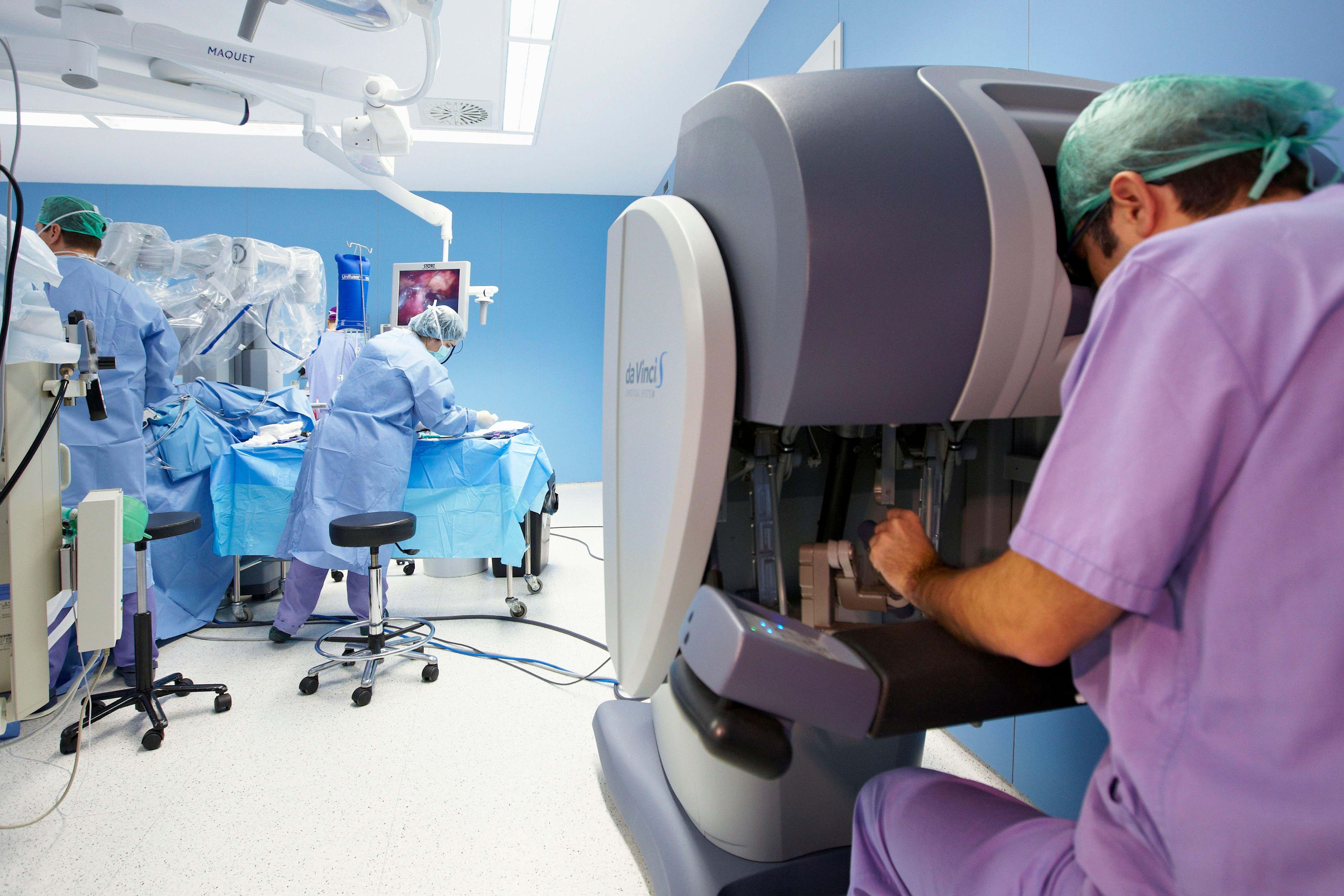With Men’s Health Week approaching, it is a good time to encourage open discussions about various health conditions, particularly prostate health.
Driven by embarrassment, misconceptions, and a lack of awareness, delays in diagnosis can increase the risk of cancer spreading.
This could potentially mean treatments such as prostatectomies, which involve surgery on the prostate gland, are required.
However, according to Dr. Chris Ogden, a leading robotic surgeon and urologist at HCA Healthcare UK, prostatectomies have evolved significantly.
What should men know about prostate cancer treatment?
“First of all I think it’s important for men to realise that many patients diagnosed with prostate cancer don’t need any treatment at all,” Odgen says. “If they have low-risk disease, then the recommendation would be for simply active surveillance or monitoring with regular blood tests and integral MRIs.
“However, if treatment is needed, there are good alternatives to radical prostatectomy in certain men with certain cancers. This includes treatments like focal therapy using different energy sources such as sound waves or high-intensity focused ultrasound.”
Although these treatments have “relatively low impact”, he says, they are suitable for certain types of cancer.
“Where the cancer is involving both sides of the prostate and is intermediate or high risk, then surgery is highly appropriate. [But] radical prostatectomy has moved from an open, quite hazardous operation to a much more controlled, low or minimal access treatment in the form of robotic prostatectomy,” Odgen explains.
What is a robotic prostatectomy?
“A radical robotic prostatectomy is the removal of the whole prostate with seminal vesicles intact, which is exclusively carried out when significant cancer is involved in more than one area of the prostate.”
Odgen says that when he started working as a doctor, robotic prostatectomies were not the treatment of choice and were incredibly new.
“Most men were offered either open process or laparoscopic. Now however, the robotic surgery has become the gold standard for the treatment with hundreds of machines and thousands of surgeons now performing them,” he says.
Odgen explains that this surgery, which is also offered through the NHS, allows doctors to intuitively operate in small spaces, meaning they have the best way to carefully ensure the cancer is removed, while preserving all the delicate structures in the pelvis which are responsible for urinary continence and male erectile function.
“With this surgery, most men go home the next day following the surgery, and after a week they’re starting to get back to looking at some form of work again. Most men have made a full recovery within eight weeks of getting this new and improved option,” he says.
“This change should give the vast majority of patients reassurance that there are excellent cancer outcomes possible.”

“A general anaesthetic can be used for this procedure,” says Mr Hasan Qazi, speciality robotic surgery lead at Nuffield Health Parkside Hospital. “In addition, a regional anaesthetic such as a spinal block can also be used.
“This often results in minimal post-operative discomfort, with most men independent and mobile by the end of the surgery day or the following morning. Strong painkillers such as morphine are not typically required.”
What are the benefits of a robotic prostatectomy?
Qazi says robotic prostatectomy is a gold-standard procedure for treating prostate cancer, in which the prostate gland is removed.
“It offers a very high chance of completely curing [the] cancer, while preserving urinary continence and erections. This is due to a highly magnified view, extremely precise movements, and the ability to identify and preserve important internal structures, allowing for superior outcomes.
“It is the surgeon who operates the robotic system; the system does not have artificial intelligence and cannot act independently.”
What are the biggest misconceptions about prostatectomies?
“The biggest misconception is that it is a highly hazardous, bloody operation with a lot of pain and discomfort and disruption to a man’s life,” Ogden says.
“However we can assure men that we have evolved to offer a safe, often relatively painless and limited disruption to their lives, offering them a cancer-free prospect going forward and getting them back to all their normal activities pretty quickly.”
Qazi adds: “With robotic procedures, in comparison to traditional open surgery, recovery is significantly quicker.
“When I began my urology career around 25 years ago, a prostatectomy took an average of five hours, with the urinary catheter left in for weeks and recovery taking several months. Robotic surgery has transformed this – enabling faster recovery, shorter hospital stays, and fewer complications.”


